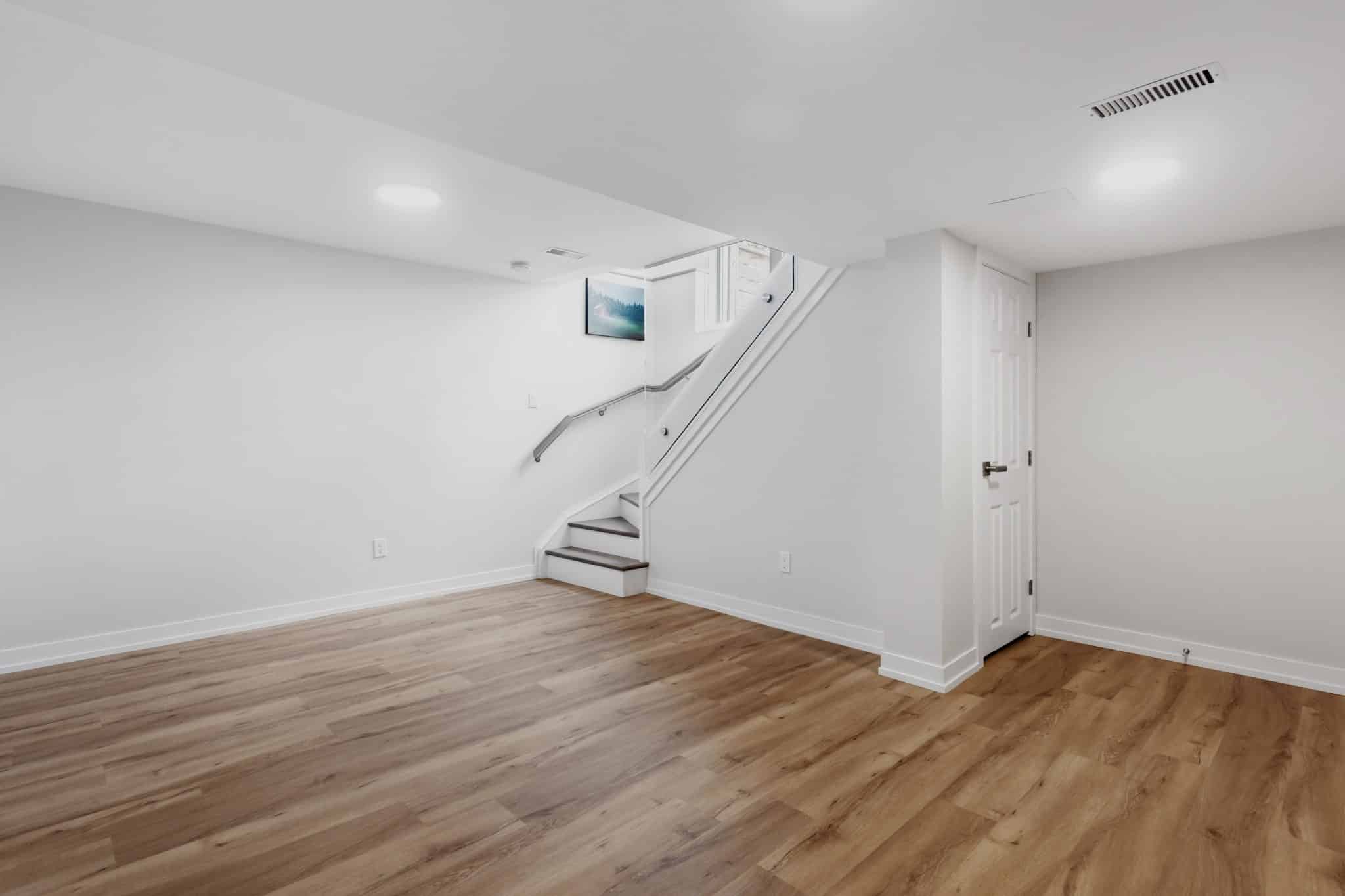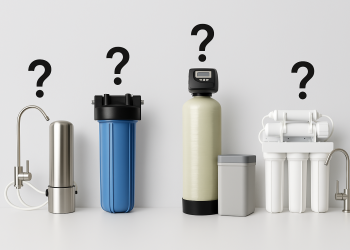Table of Contents
A finished basement is a valuable addition to any home, providing extra living space for various purposes. However, it’s essential to recognize the unique challenges that come with protecting a finished basement from water damage. Whether you’ve converted your basement into a cozy living area, a home office, or a recreational space, ensuring its waterproofing is crucial. In this article, we will explore the importance of basement waterproofing for finished basements, discuss potential risks, and provide practical tips to safeguard your investment.
Understanding the Risks
Finished basements are particularly vulnerable to water damage due to their enhanced use and the presence of valuable possessions. It’s important to be aware of the potential risks associated with a poorly waterproofed finished basement. Water intrusion can lead to damage to flooring, walls, furniture, electronics, and personal belongings. Additionally, excessive moisture can create an ideal environment for mold and mildew growth, compromising indoor air quality and potentially causing health issues. Recognizing these risks underscores the significance of implementing effective basement waterproofing measures.
Identify Vulnerable Areas
Before initiating any waterproofing efforts, it’s crucial to identify the vulnerable areas in your finished basement. Check for signs of water intrusion such as damp spots, musty odors, or visible mold growth. Inspect the walls, floors, windows, and any penetrations, such as utility pipes or basement windows. Understanding these weak points will help you target your waterproofing efforts effectively.
Exterior Waterproofing Measures
When it comes to protecting a finished basement, exterior waterproofing measures play a vital role. Start by ensuring proper grading around the foundation to direct water away from the basement walls. Install gutters and downspouts to efficiently channel rainwater away from the foundation. Consider extending downspouts to discharge water at least five feet away from the house. Inspect the exterior walls for cracks, gaps, or deteriorating sealants, and address them promptly. Applying a waterproofing membrane or coating to the exterior walls can provide an additional layer of protection against water infiltration.
In some cases, it may be necessary to excavate around the foundation to install exterior drainage systems, such as a French drain or an exterior waterproofing membrane. These systems help collect and redirect water away from the foundation, preventing it from reaching the basement walls. Consulting with a professional basement waterproofing contractor can help determine the most suitable exterior waterproofing solutions for your specific circumstances.
However, exterior waterproofing can be a costly and disruptive option for basement waterproofing. Excavating around the foundation and applying waterproofing materials on the exterior walls require extensive labor, time, and resources, making it less practical for homeowners looking for more affordable and less invasive solutions.
Interior Waterproofing Solutions
Interior waterproofing measures are equally important for safeguarding a finished basement. Consider installing a basement drainage system, such as a French drain or a perimeter drain, to collect and redirect any water that enters the space. A sump pump with a battery backup system can provide added security in case of power outages or heavy rainfall.
Additionally, applying a waterproofing sealant or paint to the interior walls can create a barrier against moisture. This helps to prevent water seepage through the walls, reducing the risk of water damage and mold growth. Ensure that any penetrations, such as utility pipes or cable outlets, are properly sealed to prevent water entry. In areas prone to high humidity, consider installing a dehumidifier to control moisture levels and discourage mold growth.
Interior waterproofing is a great option for basement protection because it is relatively more cost-effective and less invasive compared to exterior waterproofing. By installing interior drainage systems, applying sealants or coatings, and addressing vulnerabilities from within, homeowners can effectively manage water intrusion and protect their finished basements without major disruptions or extensive excavation.
Professional Assistance
While some basement waterproofing tasks can be handled as DIY projects, seeking professional assistance is often advisable for comprehensive waterproofing of finished basements. Experienced basement waterproofing contractors have the knowledge, expertise, and specialized equipment to identify potential issues, provide tailored solutions, and ensure long-term protection for your investment.
When selecting a contractor, consider their licensing, certifications, and customer reviews. Obtain multiple quotes and thoroughly discuss the scope of work, warranties, and the timeline before making a decision. Professional assistance can save you time and effort while ensuring that your finished basement receives the necessary waterproofing measures for optimal protection.
Protecting your investment in a finished basement requires proactive basement waterproofing measures. By understanding the risks, identifying vulnerable areas, and implementing both exterior and interior waterproofing solutions, you can safeguard your finished basement from water damage and preserve its value. Whether you choose to tackle the waterproofing tasks yourself or seek professional assistance, prioritize the longevity and functionality of your finished basement. By doing so, you can enjoy the added living space with peace of mind, knowing that your investment is well-protected from the potential hazards of water intrusion.








